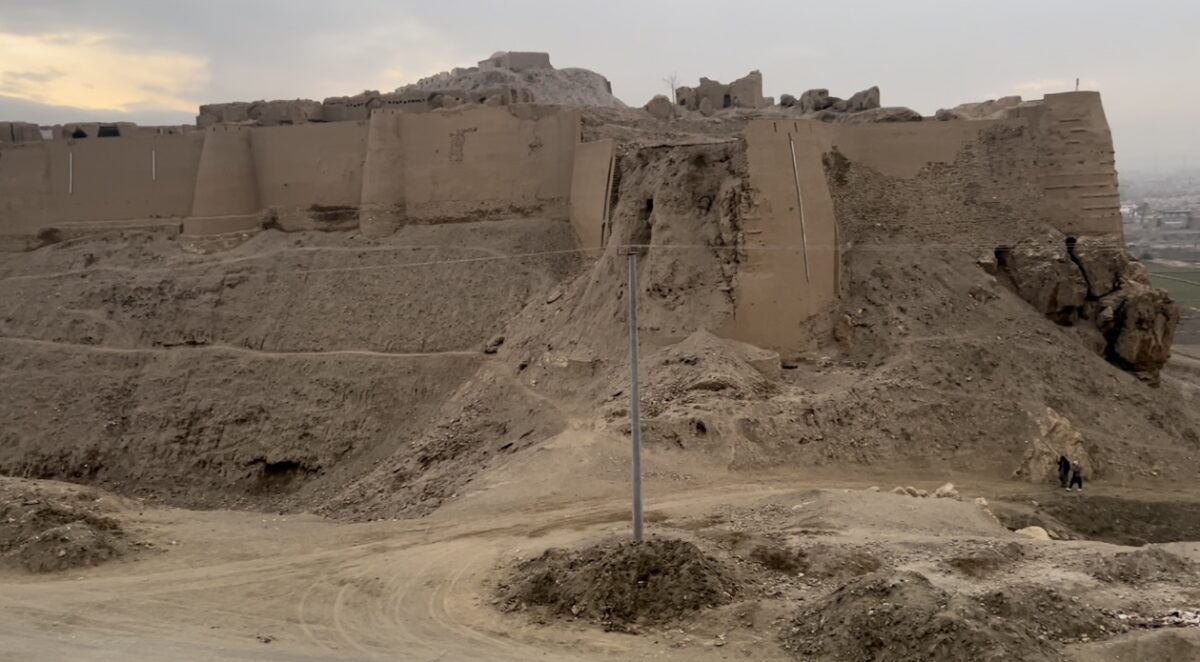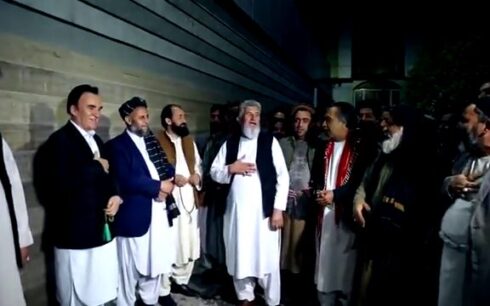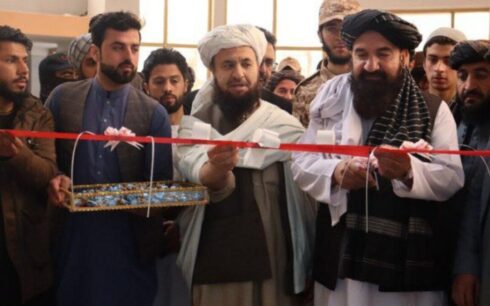The remains of the Bala Hisar Fort, also known as the Ghaznain Fort, which dates back more than 1,000 years, in Shahr-e-Kuhna in Ghazni city, is on the verge of collapse and is in need of urgent attention.
Central Ghazni province is home to numerous historical sites and monuments but most of them have fallen into disrepair, including the historically important fortress.
The ancient Bala Hisar Fort was built across 80 hectares of high-lying land, which was once the capital of the Ghaznavid Empire. The fort originally housed the city’s residents, had 34 towers and four gates. It was also the main residence of Sultan Mahmud of Ghazni who reigned from 971 to 1030 AD.
According to historians, the towers were used as watchtowers during the Empire.
Now, however, the ancient fortress is lying in ruins after decades of war, extreme weather and neglect.
Aminullah Farooq, the head of the Taliban information and cultural department for Ghazni told Amu TV that Ghazni’s Bala Hisar is on verge of destruction as most parts of it have been damaged.
“Because this (fortress) was a strategic point which been used for military purposes over the different reigns and that caused the destruction of this ancient and historical castle,” Farooq said.
Ahmad Zubair Tabibzai, a resident of Ghazni province, said that the fort is collapsing due to neglect and that this is a “cultural disaster.” He also said new houses have been built in the area which has led to additional damage being caused.
“Many people have caused this historic monument to lose its cultural and historical value by building new houses in the area,” Tabibzai added.
Hamidullah Nisar Ghaznavi, head of the information and culture directorate of Taliban in Ghazni province, said: “The directorate of information and culture of Ghazni province pays special attention to the restoration and maintenance of this monument and has repeatedly discussed with the (Taliban) ministries of information and culture and the private sectors over the reconstruction of this historical site.”





